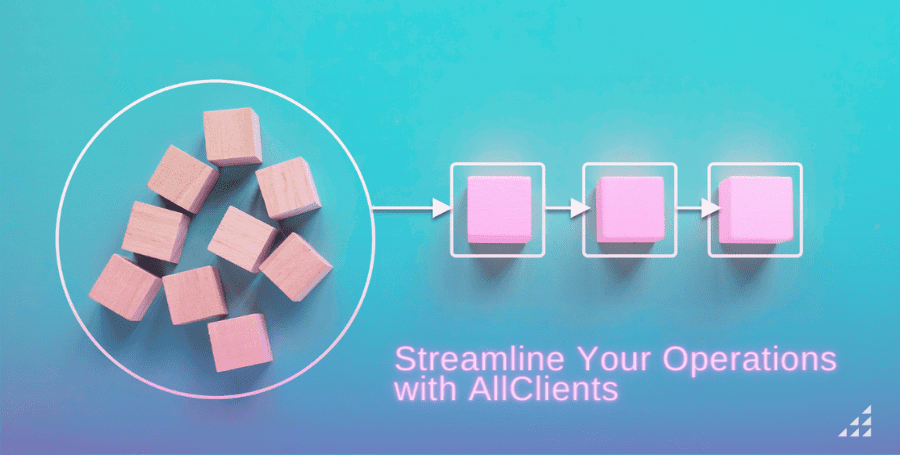Lead generation has moved away from generating single events to maintaining a long-term, lucrative relationship. Nurturing is a strategy designed to maintain or strengthen a relationship with prospects until they are ready to become customers.
An email nurture campaign is a series of emails sent based on a lead’s behavior, delivering timely & targeted messages to guide them through the buying process. It is a bit more complex than your typical drip campaign, as it considers lead behavior instead of just sending a standard series of emails.
Are lead nurturing emails important?
A well-thought-through lead nurture campaign is targeted, customized, and valuable. You should influence decision-making and give incentives for leads to move through the funnel.
The numbers don’t lie. Here are a few reasons to actively use lead nurturing emails.
- Increased sales. Companies that excel at lead nurturing generate 50% more sales-ready leads at a 33% lower cost. Additionally, nurtured leads bring more revenue than non-nurtured leads.
- Automation. You can set up a lead nurturing campaign once, and every lead will receive emails automatically. Just make sure you still monitor the behavior of prospects and keep the content relevant.
- Cost-efficiency. Email marketing still has the highest ROI in digital marketing.
When to use a nurture campaign
Nurture campaigns require greater planning and effort than many forms of email marketing, as they keep longer-term goals in mind. As a result, the flows are more complicated compared to a drip campaign and require greater personalization. However, the potential gain from successfully nurtured prospects can be well worth it and deliver a great ROI, especially once you find how to implement it in your business strategy optimally.
If you are focused on long-term relationships and have the time and resources to carefully track lead behavior, nurturing campaigns are a great solution.
Keep in mind that you can incorporate nurture campaigns with drip campaigns and other forms of email marketing. Mix & match as you see fit for your company.
How to create a nurture campaign
1. Determine the goal
When nurturing leads, this is more obvious than when nurturing existing clients. Your end goal is likely for your lead to purchase or subscribe to your offering.
2. Determine the audience
A vital part of identifying your target audience is understanding your ideal customer profile (ICP). You’ll need to properly understand your target audience for numerous stages of the nurture campaign.
- First, how will they enter your flow? You’ll need to offer some sort of incentive or arouse interest. Are you offering a free e-book on your site or inviting people to your exclusive, free seminar? There are endless ways to collect leads. You’ll need to understand your ideal audience’s pain points and needs to know what appeals to them.
- Once they have entered the flow, your knowledge is once again tested. What content is your lead looking for? Do they need monetary incentives to push them over the line, or should you gradually inform them about your product? Address their concerns, pain points, and what differentiates you from the competition
3. Map out the buyer’s journey
In general, every buyer follows three main steps in the buying process before becoming a customer: awareness, consideration, and decision. Adjust your message to the stage your lead is in.
- The awareness stage. The buyer is experiencing a problem and is looking to resolve it. You might want to provide informational resources to help them better understand their situation.
- The consideration stage. The buyer has defined their problem and is researching the available options to resolve it. You’ll want to show yourself as a viable solution to buyers in this stage.
- The decision stage. The buyer has decided on their solution method and is now compiling a list of all available providers. Understand what factors the buyer prioritizes in their decision process and prove yourself better than the competition.
4. Work-out your campaign flow
Finally, it’s time to sketch out your flow. Designing your automations and workflows in your marketing automation software takes time and isn’t a process that should be rushed. This step ties together everything you’ve done in a smooth buyer journey.
5. Monitoring and optimizing
Make sure to check up on your workflow. Perhaps one of your steps isn’t as effective as you would’ve hoped. A chain is no stronger than its weakest link. Optimize or replace underperforming emails that aren’t converting or pushing your buyer further along the journey.
Examples of lead nurturing campaigns
To give you an idea of some popular lead nurturing campaigns, here are some simple examples.
A. Welcome campaign
Welcome emails are highly anticipated, have very high open rates, and are simple to automate. By turning a single welcome email into a nurture campaign, you can introduce new prospects to your company and offer at a comfortable pace instead of flooding them with information.
B. Re-engagement campaign
Many of your prospects will get lost somewhere along the way. Inactive leads aren’t quite dead yet, however. A re-engagement campaign targets inactive leads. You’re mostly looking for any signs that they are still interested in you so that they can re-enter the sales process. Send them a successful case study or interesting blog post and see if they interact with it. If you send inactive leads a series of emails and they do not interact, it might be time to let go.
C. Product-focused campaign
Have you captured a lead after they requested a product brochure? You know exactly where their interest lies; act on it. These campaigns can gradually send product-focused content to your lead. Address their pain points and how your product specifically resolves them, prove yourself as an industry expert. Great content for this type of campaign would be in-depth white papers, successful case studies, and positive customer testimonials.
Summary
Lead nurture campaigns are a rewarding and cost-effective method of turning leads into customers. From simple email series to complicated workflows, they allow you to offer personalized content based on lead behavior to guide them along the buyer journey. Understand your leads, deliver value, and keep in mind: nurture campaigns are only limited by your creativity and available data.
The AllClients CRM takes care of email validation (for better deliverability), helps you avoid spam filters, and we provide you with resources to help your emails make it to your reader’s inbox!
Get started with a nurturing campaign of your own! Start a free 14-day trial and learn first-hand why we’re the #1 CRM for small businesses!















